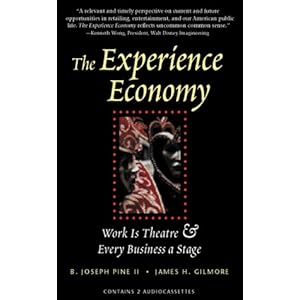I recently visited the newly re-vamped Museum of Contemporary Art in Sydney. One of the recent additions to the visitor repertoire is the MCA Insight smartphone app, and I thought I’d give it a go.

Choosing the ‘Explore’ option takes you to a clean and easy to use interface that lets you look for specific works or see a map of the gallery. It uses the Museum’s wi-fi to locate you so can also select the option for it to only show works that are near you. This works most of the time but in some cases it got a bit confused due to the location of gallery walls – sometimes you were physically near something you couldn’t actually get to.

If you were looking for something in particular, you could use the app to locate it in the gallery. If you were already nearby the work this was helpful, but the lack of gallery labelling or signposting of locations beyond the level number and the location of walls could make it difficult if you were using this as your principal way to find your way around.

As you walked around, the Insight app gave you more information about the works. In most cases it was nothing different from the label, but it was often easier to read the text on your phone while standing back to take a work in, rather than having to peer at the text on the wall. Overall I found the app quite easy and fun to use.

I was a bit underwhelmed by the follow-up though. On the way you were able to collect works to add to ‘My Gallery’. Then, if you enter your email address, the app promises to send a record of your visit. I think I was a victim of my own expectations here – I was expecting to receive something akin to what you get with MONA’s “O”. This sends you a wireframe model of the route you actually took through the museum as well as the artworks you selected. I was looking forward to seeing my meandering route through the museum rendered in 3D. However, what I got was a straightforward list of the works saved in My Gallery (mine is here), along with some additional details about the works and the artists. This was good enough (except in the cases where the only additional information was the page where you could purchase a $49.95 catalogue), but I was a bit disappointed because of my loftier expectations. I think it would be better if MCA re-worded how they describe the ‘record of your visit’ so that it’s a better description of what is actually offered by the app.


